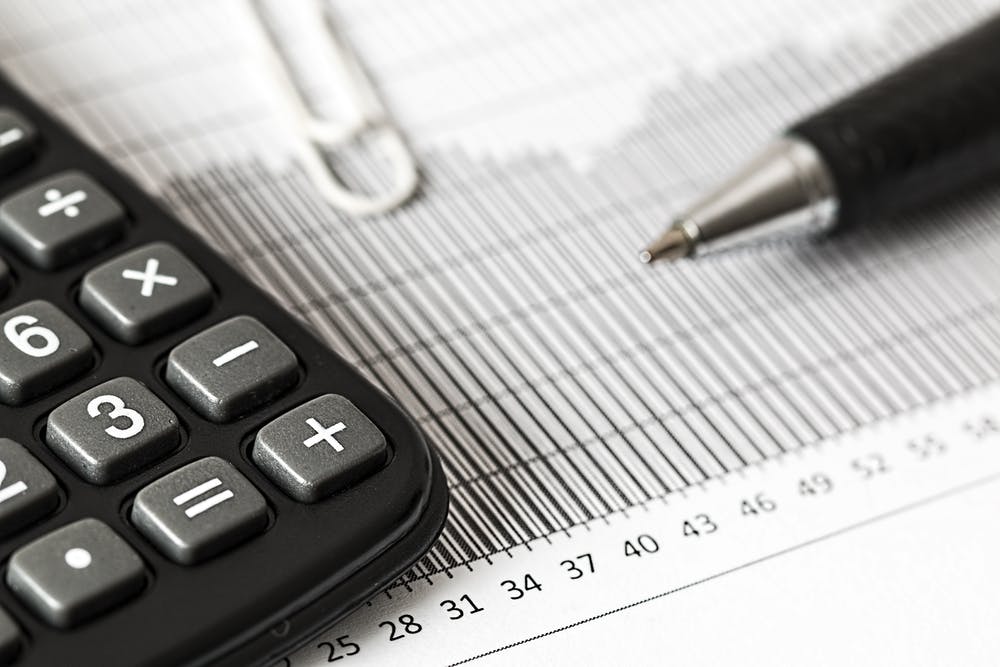
Six strategies to maximize your portfolio investments as the new administration takes over

Six strategies to maximize your portfolio investments as the new administration takes over
By Kelly Olson Pedersen, CFP®, CDFA
With a new administration in place, many of CAISSA’s clients are asking, “What does this mean for my portfolio investments? Is this the time to sell? Buy? And what will happen with my taxes!?”
First, take a breath….
Change takes time, especially in Washington. Yes, there have been a multitude of economic and tax policy proposals discussed, but that doesn’t mean they will necessarily become reality, particularly in the next few months.
The good news? It gives you – and us – time to prepare.
The following are six strategies to consider as we survey the new political landscape. As always, we are here to dive deeper into these concepts to determine if they are right for you:
1. Don’t panic, but be prepared
As stated above, the likelihood of any seismic economic or tax policy changes in the near-term is low. Yes, some degree of change is likely coming, but that might not be until later this year or in 2022.
That said, the reality is that the “piper must be paid,” and by that I mean the trillions of dollars in governmental stimulus spending to support the economy in the wake of the pandemic. And yes, that will likely take the form of tax hikes.
What should you do now? First and foremost, carefully review and update your financial plan. Planning is everything during times of change. Not only will doing so best position you for what could be coming down the pike, but it will provide peace of mind that you are ready for whatever is to come. We are here to help.
2. Consider shifting your 401(k) contributions to a Roth 401(k)
Because of the high likelihood that taxes will either increase, or the favorable brackets that we have been enjoying will sunset, this can be the ideal time to explore switching your regular 401(k) contributions to a Roth 401(k). Why? Making contributions to a Roth 401(k) now allows you to take advantage of relatively low tax rates (compared to what is likely to come), and then when the time comes to receive your distributions, you can do so tax free. In short, it’s better to pay less now than potentially more later.
3. Explore converting part or all of your traditional IRA to a Roth IRA
Beyond your 401(k) contributions, this could also be a good time to convert part or all of your traditional IRA assets to a Roth IRA. Again, by paying taxes on a conversion today at low rates, you can build up tax-free assets for retirement. Note that if you have an IRA of a significant value and are trying to convert non-qualified IRA assets to a Roth IRA, converting may not make as much sense. In this instance, you will want to be aware of pro rata rules that will affect the taxation of this particular situation. It is always advised to speak to your accountant prior to making any conversion.
4. Utilize low capital gains tax rates
Did you know that the capital gains tax bracket is 0 percent (!) for couples who have up to $81,000 of income, or single people with up to $40,525 income? It is not uncommon to miss this opportunity if you are not looking for it. Even if your income is considerably higher than that, current capital gains tax rates are still quite attractive. The highest capital gains tax rate currently is 23.8 percent at the federal level.
However, that tax rate is potentially on the chopping block. One of the proposals out there recommends that the capital gains tax rate be raised to equal that of ordinary income, which for those who have an AGI over $1 million is 36 percent. In other words, the capital gains tax rate could increase by nearly 50 percent if that proposal becomes a reality.
The point is, make use of the current capital gains tax rates while you can. But it’s essential to plan for it, particularly around the type of income you have coming in. We can help with that.
5. Consider buying more international equities and foreign fixed income
With the weakening dollar and low valuations of many international stocks and fixed income instruments, now is a good time to consider shifting a portion of your investment portfolio into those areas. Many portfolios have “hometown” bias and tend to be underweight on international stocks. This approach has worked well in the past decade, but the environment is changing. We now see boosting international to a neutral weight as a potentially very positive action to take looking forward.
6. Take another look at bond durations
Rates on longer-term Treasury bonds are likely to increase in the years to come, which will drive down the value of the bond. Interest rates are at an all-time low but will likely increase as we come out of the pandemic and inflationary pressures start to pick up. Also, short-term rates may be boosted by actions the Fed takes to support the economy, which could make short- to mid-term maturities more attractive than long- or ultra-short-term bonds.
Yes, change is in the air, but as of now, it’s just that, “in the air.” The time to plan is now, before any new policy proposals are set in stone. Don’t hesitate to contact us to help ensure your plan is ready.
Kelly
